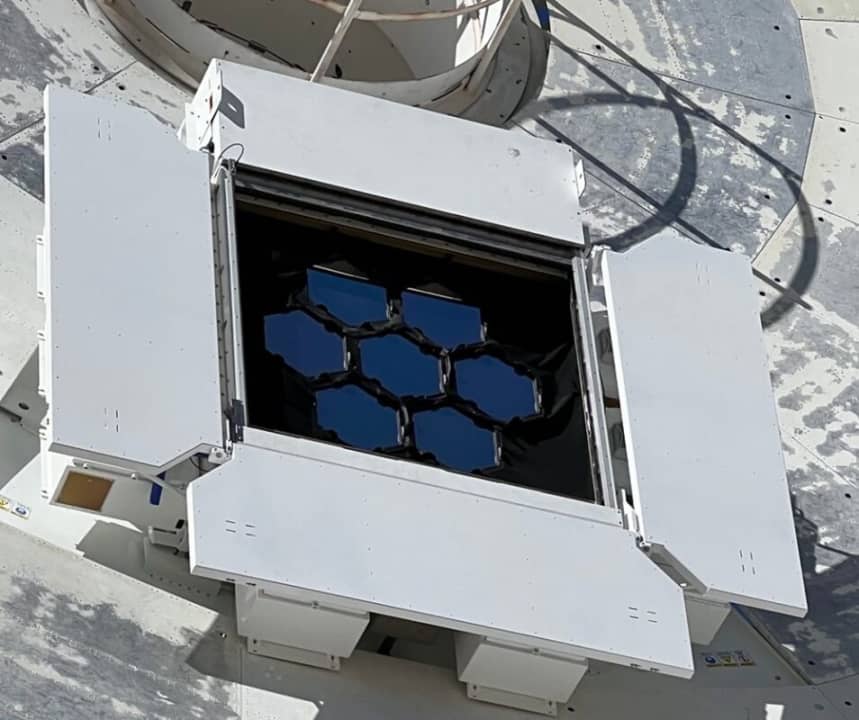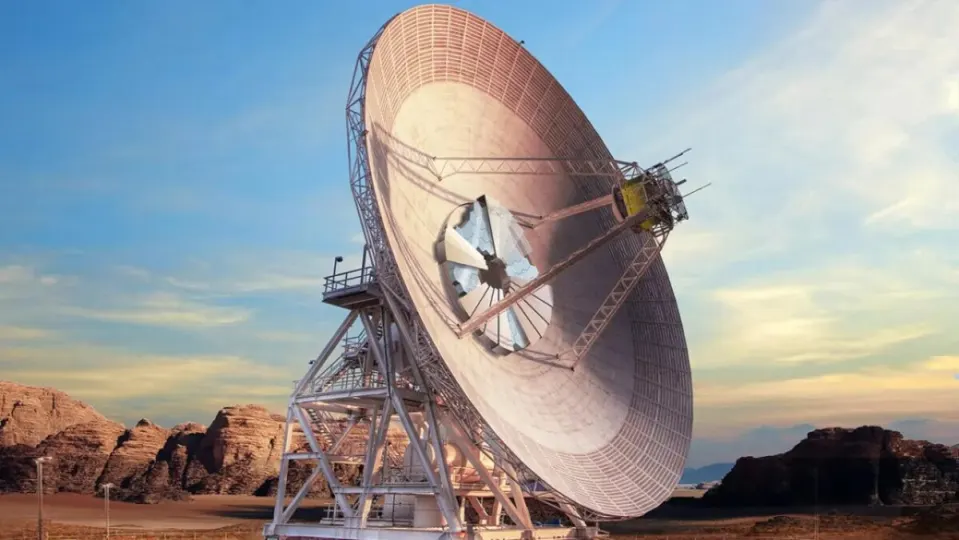The NASA has achieved a remarkable achievement in space communication by implementing a new antenna that can receive radio and laser signals from its spacecraft Psyche, which is on a mission to explore a unique asteroid.
The new antenna, called Deep Space Station 13, is a 34-meter hybrid radiofrequency and optical antenna that has been tracking the laser signals from the NASA’s Deep Space Optical Communications (DSOC) technology demonstration since November 2023. The DSOC’s laser transceiver is coupled to the Psyche spacecraft, which was launched on October 13, 2023 aboard the SpaceX’s Falcon Heavy rocket.
Deep Space Station 13 is part of NASA’s Deep Space Network (DSN), a network of giant parabolic antennas that communicate with spacecraft through radio waves. However, the new antenna can also receive near-infrared laser signals, which can carry more data and enable new possibilities for space exploration.

This new communication antenna uses a novel optical system to detect laser photons (quantum particles of light). Seven segmented mirrors of great precision, similar to the hexagonal mirrors of the NASA’s James Webb Space Telescope, are fixed inside the curved surface of the antenna and mimic the light collecting aperture of a 1-meter telescope.
As laser photons reach Deep Space Station 13, each mirror reflects the photons and accurately redirects them towards a high-exposure camera fixed to the subreflector of the antenna, suspended above the center of the dish.
Later on, the laser signal collected by the camera is transmitted through an optical fiber that feeds a cryogenically cooled single-photon detector made of semiconductor nanowires. The detector has been designed and built by the Microdevices Laboratory at JPL, and it is identical to the one used at the Palomar Observatory of Caltech in California, which serves as the DSOC’s ground station for downlink.


